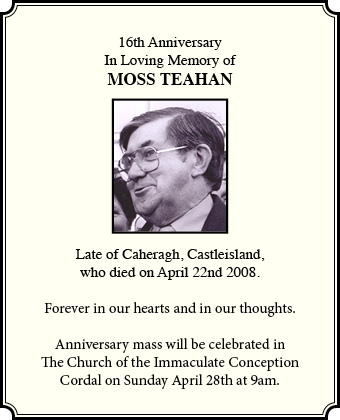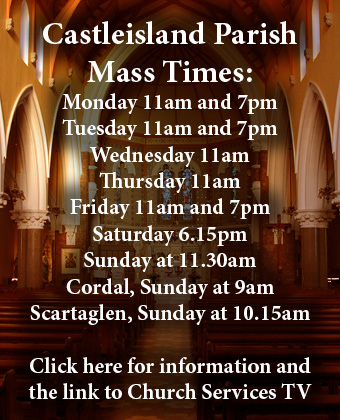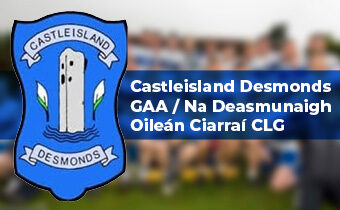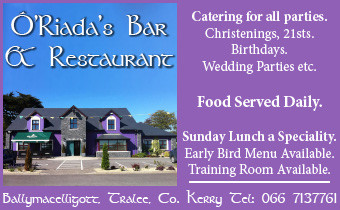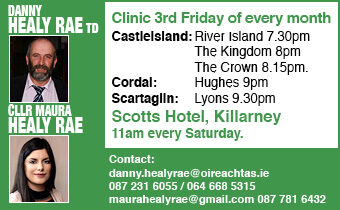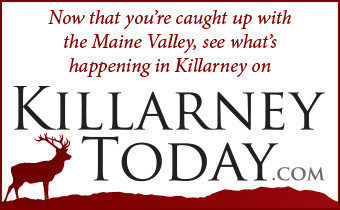
The Georgian rectory known as Kilmurry House in Cordal, Castleisland, is one of only a handful of Irish houses in the prestigious Historic House Association.
Its inclusion is due to its interesting history, internal features and unusual asymmetrical architecture.
Restorer and owner, Caroline Faulkner, is adhering to ‘best practice’ for such protected structures by only using natural lime and handmade non-chemical paint, applied by local craftspeople.
Footings of an Older Building
In recent developments, workmen were surprised to find the footings of a large, much older building under broken flags they were replacing.
Archaeologists, Maggie Prendiville and Dr. Michael Connolly and Kerry County Council Heritage Officer, Victoria McCarthy visited the house and inspected the 4ft-wide substructure
They believe it may have been of substantial buildings related to Kilmurry Castle – a short distance away.
Built in 1737
Kilmurry House is thought to have been constructed around 1737, judging by the Rumsfold fireplaces remaining. “So the earlier structure could have built around 1690,” said Caroline.
The mystery remains, however, as to the exact origins of the 40ft-square foundations and why the building was destroyed possibly around the late 17th century.
Master stonemasons of the day often built on these earlier structures, it made great sense, as they knew the bedrock was solid on these spots.
Preserved for Posterity
This interesting find will be preserved for posterity, as a toughened glass viewing panel will be inserted into the new Valentia slate floor for future visitors to see the ‘beginnings’ of Kilmurry House.
Replacing the 300-year old basement floor with accuracy is an enormous job as all flags are hand-picked inside Valentia Quarry and transported to Cordal on pallets, with local farmers enlisted to off-load them by forklift at Kilmurry.
Informal Tours Invited
Local slate was chosen for both its colour and quality, having been used in the Houses of Parliament in London, as well as other important buildings in Ireland.
In the past, such flagstones would come in by railway, a track long since turned into a greenway adjacent to the Wild Atlantic Way on the North Iveragh side.
Anyone wishing to see Kilmurry House is invited to call Caroline on 089 978 1055 for a small informal tour.




